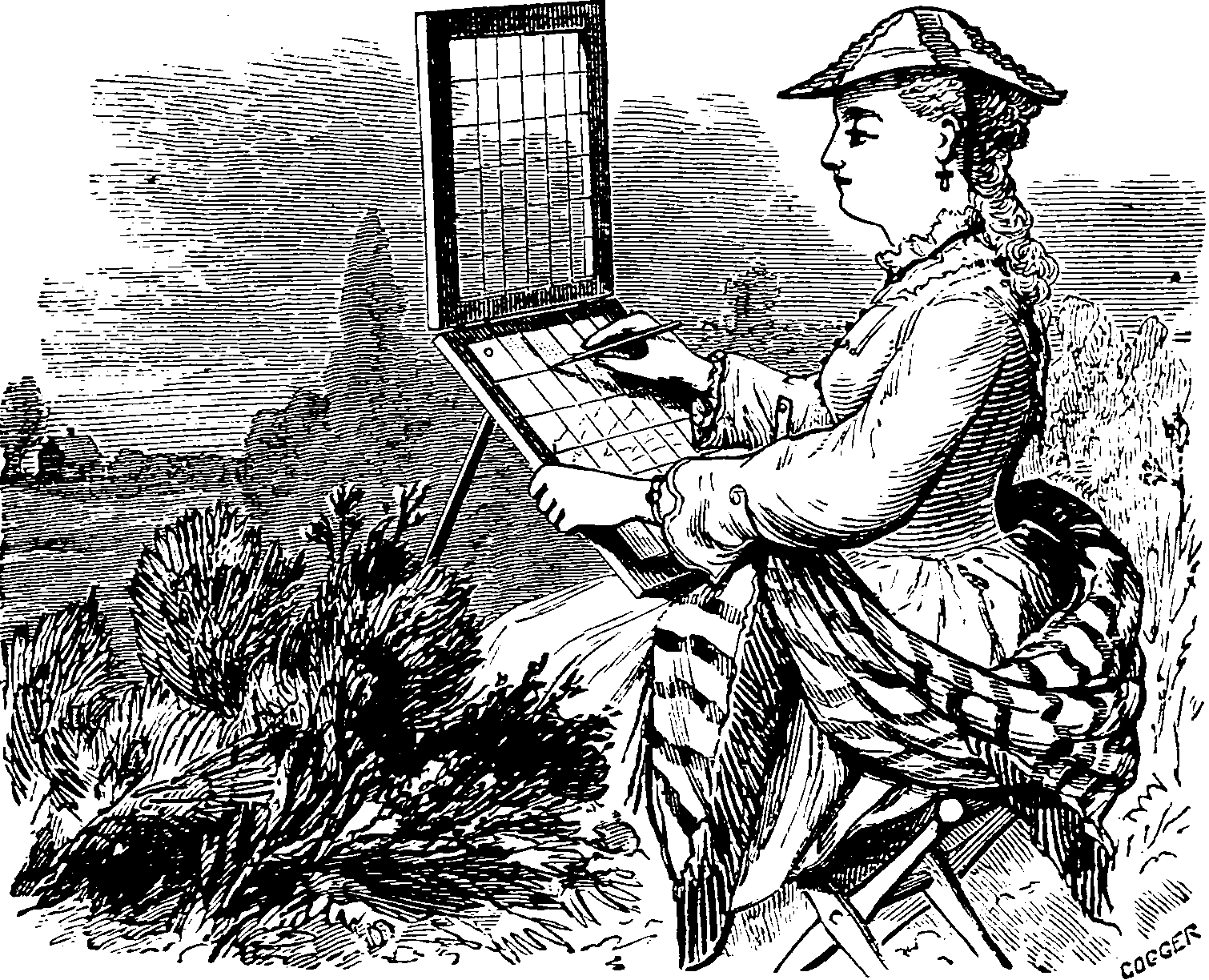Stylus input
April 16, 2017 — May 26, 2023
Suspiciously similar content
Various ways of writing to get input into the computer. A fuzzy category. I have divided it into single-purpose graphics pads (e.g. Wacom pens), tablet computers (e.g. iPads), and smartpens, which write on paper but then record what happened using some clever tricks.
1 Stylus graphics pads
Various input pads! Wacom is the most recognisable brand, but they are crazy expensive and their drivers are awful on macOS, working unreliably and aggressively enforcing obsolescence. Their competitors’ drivers can surely be no worse and their tablets cost less. Which competitor is least worst?
- DesignModo’s Wacom Alternatives showdown (tl;dr Huion seems OK)
- Of course Reddit has an opinion
- The Huion tablets seem to work on Linux in 2020 at least (1, 2). If you exist in a different year, good luck to you.
Richard Zach recommends StylusLabs Write as the input app, a minimalist sketchpad app that looks convenient for maths and other textual-type stuff. Windows/Mac/Linux.
1.1 Stylus touchscreens
A stylus pad which is also a screen. Some of these are popular amongst my colleagues since they allow you to see what you are writing as you write it, and to annotate existing documents. They have gotten more affordable in recent times. Cheap entry-level options which I have not used myself:
Ones that require multiple plugs are suspect — USB+HDMI+power is a lot of cables to manage. A single USB C should suffice these days, right?
Or possibly you already own a touchscreen if you own a tablet computer. See next.
Anyway, I use the Huion Kamvas 13-inch 2022, which is a high-accuracy stylus input.
Pros: cheap, adequate.
Cons: display could be brighter. The single-cable USB-C connector doesn’t work under macOS, so I need to use the “3-in-1” cable which requires additionally plugging in elsewhere for power and occupying an HDMI input port.
2 Tablet computer as graphics pad
I am fond of Android-tablet-as-screen since it is a cheap device with touch interface and visual feedback. In particular, many eReaders are Android devices which could notionally share their touchscreen with a laptop.
There are various apps that share Android tablets to Mac/Windows desktop if you want to link to a desktop app. None for Linux desktop though AFAICS.
As stand-alone devices, I quite like the workflow of these computers.
2.1 Tablet computer as stylus input to real computer
I have had poor luck using these tablet computers for real-time input to a desktop machine, as one might use a graphics pad. In the absence of a native app, one might hope that you could point its internal browser at some web app for strategic functionality, e.g. an online whiteboard. This sounds like a good idea, although in practice it has not worked well for me. I have an Android tablet right and I am logged in to Excalidraw via the tablet browser. It is not great. Without keyboard shortcuts, the workflow is clunky. And the responsiveness via the Android browser is poor. Maybe if there were a native app this would be better? Or if it were not roundtripping via servers in Singapore or something? Or if there were fancier handling of concurrency?
2.2 Special case: Remarkable
Slightly left-field. The most hip device for tablet-computer-as-graphics-tablet input seems to be the Remarkable, which has many plugins doing clever things with its open API, so it occupies a kind of intermediate niche that it shares much with classic graphics pad devices as well as tablet computers.
Richard Zach is once again helpful, settling on a hacky solution that gets output from his reMarkable tablet via srvfb. That particular solution is discontinued but there seem to be several like it.
3 Smartpens
How can I combine a real paper notebook with digitization? i.e. can I have a pen that writes on paper but also digitises the pen strokes? Great questions, self. Yes, yes I can.
Previously the Livescribe was the only prominent option; now there are many options. See various listicle reviews, e.g. Best smart pen 2021: Tools for smarter note-taking
I am not a massive fan of ball-points but AFAICT that is the only game in town. (Smart-fountain-pen seems too niche, but if you are in the marketing department for one of these companies…)
3.1 Livescribe
I use this one a lot. The fact that it is functional despite its crappy software is a testament to the engineering triumph it represents. See Livescribe.
3.2 Moleskine pen+
TBD. Moleskine makes smart pens that look a lot like the Livescribe. They are apparently available globally. Tech looks very similar to the Livescribe in practice. Although Livescribe had a decade-long head start they did not spend it wisely in developing good software.
3.3 Wacom digital folio
TBD. Portable Wacom input device meets notepad. Cheapest option amongst the smartpens, it seems. The input tech uses a special Wacom tablet backing but any old paper, so the cost of the consumables is presumably low.
4 Other input devices
Dictation or eye tracking systems.
5 Mathematical OCR
Turning my scribbles on normal paper into markup, a.k.a. “Reverse LaTeX”.

